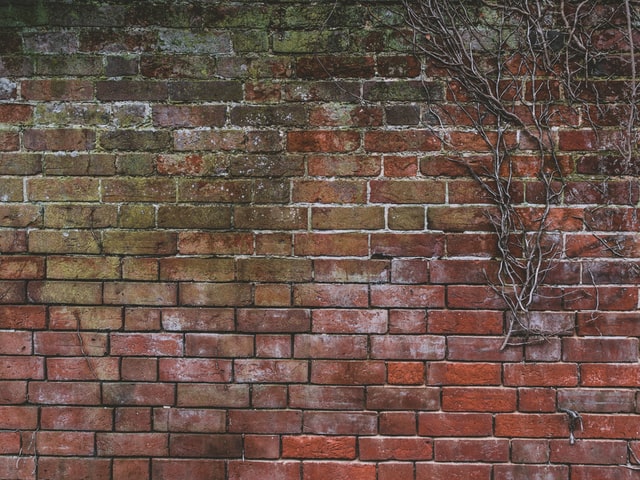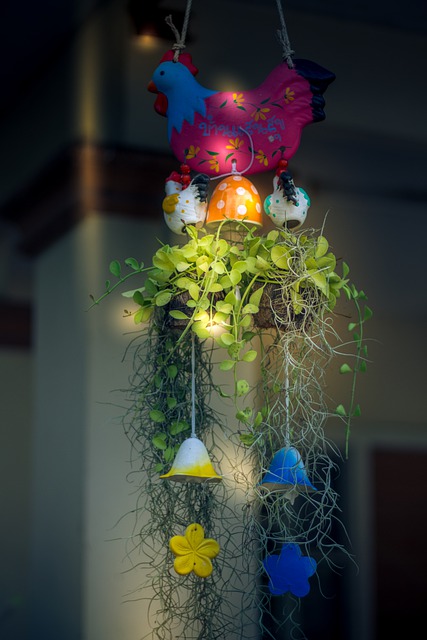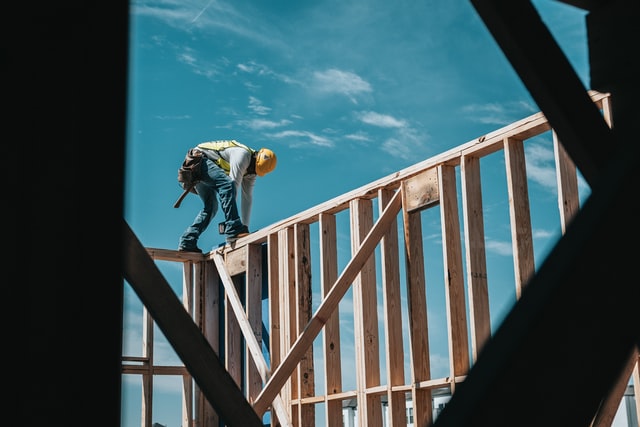This excerpt has been taken from ‘Home repair and improvement Creative Homeowner, Upper saddle River, New Jersey”. Wallpapering tips includes, sizing all the walls, regularly snap a new section of blade for clean cuts, particular attention to the seams, ensure s to have enough paste and use the Seam Roller. “Painters Washington DC“, provides you with all tips for a better wall- papering.
Wallpapering tips
Wallpaper comes in two basic types, those that are pre-pasted and those that need pasting. DIYers should use pre-pasted wall-coverings because the application is straightforward: you dunk it and hang it. Planning, cutting, and measuring is the same for both types, but the alternative to pre-pasted paper- mixing and brushing on the adhesive – increases the chance for errors, including premature drying, lumps under the surface, and air pockets that are difficult to fix.
Pick an unobtrusive starting point. You can make minor corrections where paper turns a corner, but it’s nice to have a finish line that’s separated from the starting line- such as a door in the corner, preferably one that’s normally left open. On a highly visible wall, misaligned patterns would be glaring, but it would take an eagle eye to spot it behind a door.
After soaking, pre-pasted papers should be set aside for the time specified by the manufacturer. Keep it consistent from sheet to sheet because the paper may expand or shrink a little while it absorbs the adhesive. If one strip is hung right away next to a sheet that had a long soak, you could get enough of a mismatch to notice. Overworking the paper and stretching it into position can cause the same problem. Instead of tugging on it. Which can stretch some materials by ¼ to ½ inch, shift the sheet by pushing on it with your hands.

Making spot Repairs
- To patch a damaged area, align a patch piece over the pattern, tape it down, and cut through both layers.
- Remove the patch and damage piece from the wall; the cutout part of the patch should fit exactly in the hole.
Money saver
- To fix an air bubble, first make a small puncture hole in the bubble with a razor knife.
- Use a special syringe to inject adhesive so that the bubble can be rolled flat with a seam roller.
Stripping old wallpaper
- Use a wallpaper scarifying tool to score the surface of the paper. This will allow the remover to soak in thoroughly.
- You can steam off paper, or apply a chemical stripper. It works through the surface. It works through the surface and loosens the glue underneath.
- Use a drywall knife to scrape away pieces of the wallpaper. You may need multiple applications on stubborn spots.

Hanging wallpaper
- Use a level or a chalk-line box to mark lines where the seams will fall. It pays to plan the layout of strips before you paste.
- Dunk pre-pasted wallpaper in a pan of lukewarm water; un-pasted papers need to have adhesive spread on them with a roller.
- Fold the soaked roll onto itself- a process called booking- to make it easy to carry and place the strip on the wall.
- Unbook the paper, and position it on the wall. Align it at the ceiling line and close to your plumb guideline.
- Unroll the strip, and press it in place by hand. Allow enough material to turn the corner, which may not be plumb.
- As you hang more strips, smooth them with a brush, starting at the top corner near the guideline and moving down and across.
- Trim away paper, called the allowance, at the top and bottom with a guide (a drywall knife) and a utility knife.
- You can raise the seam to make small adjustments and match the pattern. You can butt seams or overlap them.
- You can overlap seams by hand-cutting through both strips for a perfect match. Finish edges by using a wallpaper roller.
Continue reading on Before you paint



